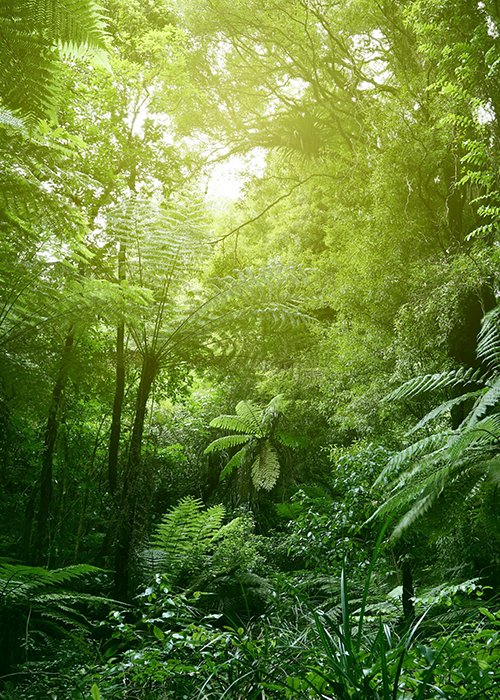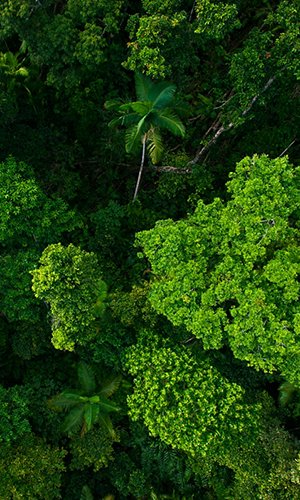The Earth’s vegetation absorbs 30% of anthropogenic CO2 emissions globally, performing an important ecosystem service that mitigates climate change. Carbon exchange between terrestrial ecosystems and the atmosphere is a delicate balance of large exchange processes, and a change in one of these can have a substantial impact on the dynamics of this relatively small net exchange. The need to provide a detailed picture of how carbon sinks work was the starting point for the study conducted by Lund University in Sweden and published in Nature Ecology & Evolution. The researchers found that tropical forests are losing their ability to absorb atmospheric carbon dioxide, while boreal forests, which are located in subarctic regions, are absorbing emissions at an increasingly rapid rate. According to the Swedish researchers, the main cause of the loss of CO2 storage capacity of tropical forests is deforestation: the Amazon region, Indonesia and South-East Asia show a worrying change in carbon dioxide absorption. Tropical and boreal forests were the most important for carbon storage, together accounting for more than half (53%) of the CO2 captured during the study period. On the other hand, the cause of the ‘gains’ in the boreal forests is not entirely clear, although the driving factor may be the fertilising effect of CO2, which promotes plant growth.
A better grasp of the processes affecting terrestrial net carbon exchange is essential to better understand, quantify and predict the effects of current and future climate change and is relevant to climate change mitigation policies designed to reduce atmospheric CO2. For this reason, the researchers produced a map of the distribution of forest areas to analyse the functioning of carbon sinks in different regions of the Earth, using data mostly from satellite surveys.




